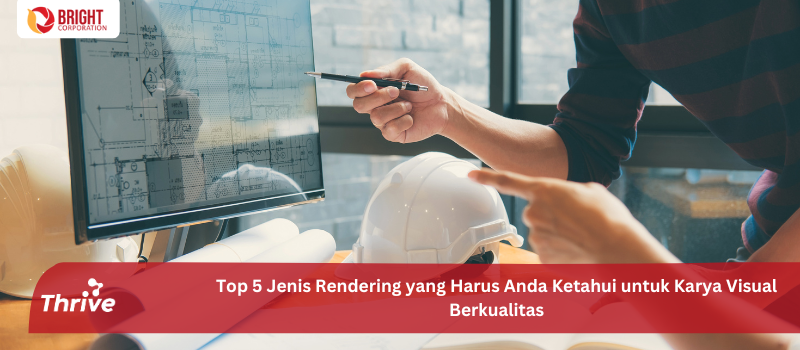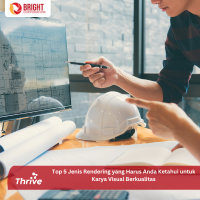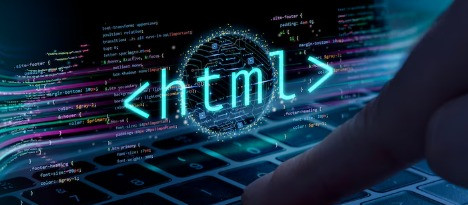In the world of graphic design and visual production, rendering is a key process that converts three-dimensional (3D) models into realistic or artistic-looking images. The right rendering technique can make a big difference in the quality of the final result, whether in animated films, games, architecture or product design. Here are five types of rendering you should know about to produce high-quality visual work.
1. Rendering Real-Time
Real-time rendering is a technique that allows images or animations to be produced as quickly as possible, generally within seconds or milliseconds. This technique is widely used in the gaming and virtual simulation industries where user interaction occurs directly. The most common examples of real-time rendering are game engines such as Unreal Engine or Unity, which are capable of creating complex and responsive virtual worlds.
Advantages of the technique Rendering Real-Time is a high rendering speed and is ideal for interactive applications such as games and simulations. Meanwhile, this technique also has disadvantages, namely that the visual quality may not be as high as other rendering techniques which require more time.
2. Ray Tracing
Ray tracing is a rendering method that is very popular in the world of animation and film. This technique mimics the way light interacts with objects in the real world, producing highly realistic shadows, reflections and refraction. The ray tracing process is very intensive and requires a lot of computer resources, but the results are stunning.
Advantage from the Ray Tracing Technique is a very realistic visual quality with accurate lighting and shadows and is also suitable for use in animated films and architectural renderings. Meanwhile, this technique has disadvantages such as requiring a long rendering time and requiring powerful hardware.
3. Rendering Radiosity
Rendering radiosity is technique which focuses on global lighting within a scene, taking into account how light is scattered from one surface to another. This technique is used to create more natural and realistic lighting, especially in interior renderings architecture where light reflects off walls, floors, and other objects.
Advantage Radiosity rendering produces more realistic global lighting, where light bounces from one surface to another. This makes the shadows softer and the light transitions smoother.
Deficiencies Rendering Radiosity requires very complex calculations, especially for scenes with many surfaces and light interactions. This can cause very long rendering times.
4. Rendering Scanline
Scanline is one of the oldest and most efficient rendering methods in terms of speed. This technique renders images by processing each row of pixels one by one. Although not as accurate as ray tracing or radiosity, scanlines are still widely used in applications that require fast rendering, such as simpler games or interactive applications.
Advantage Scanline rendering is very fast compared to other methods such as ray tracing or radiosity. This is because this method calculates only the part of the image that is visible to the camera without needing to process the entire scene thoroughly.
Deficiencies Rendering Scanlines have limitations in producing realistic reflections and refraction, especially those involving a lot of reflection and refraction.
5. Rendering Path Tracing
Path tracing is a more advanced version of ray tracing that simulates the path of light from a light source to the camera. This technique produces highly realistic images with natural lighting, soft shadows, and accurate colors. Path tracing is used in the film industry and architectural visualization to achieve results that are close to real photos.
The advantage of rendering path tracing is The visual results are very realistic and Ideal for films and high-level architectural visualization. The disadvantages of this technique, namely It is very slow and requires powerful hardware and requires very long rendering times, especially for complex scenes.
Understanding the different types of rendering that exist is the first step in choosing the technique that best suits your needs project You. However, apart from choosing the right rendering technique, the success of a visual project is also greatly influenced by the hardware used. This is where the ET Desktop Workstation designed by Thrive is one of the best choices to support intensive rendering needs.
ET PC Desktop Workstation able to handle even the most complex rendering processes quickly and efficiently. With this workstation, you can ensure that every detail in the rendering process can be executed perfectly, producing high-quality visual works that are ready to be presented in front of clients or produced on a large scale.























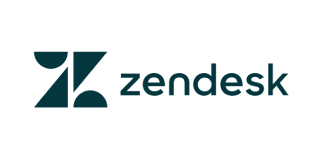
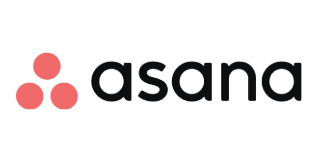



 Industrial Robotics Integration
Industrial Robotics Integration
 IT Outsourcing Service
IT Outsourcing Service
 Secure Internet SD-WAN Connection
Secure Internet SD-WAN Connection
 Digital Marketing Service
Digital Marketing Service

